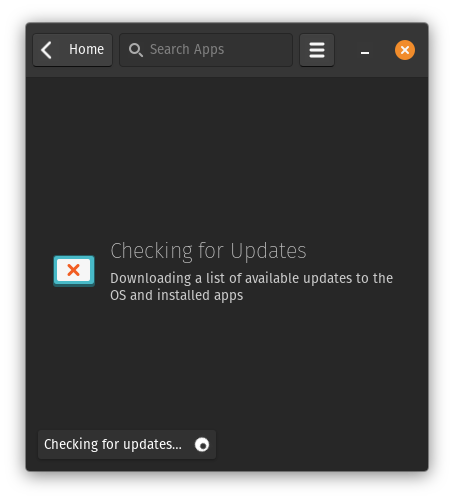Professional C# .NET developer, React and TypeScript hobbyist, proud Linux user, Godot enthusiast!
- 0 Posts
- 78 Comments
Yeah, I realize that and that’s a nuisance for a videogame… If the game is small enough, OP might be able to give it a virtual GPU with VirtualBox, I did it in the past to play with friends on a single computer. I don’t know if the usual KVM-based VMs support it as well.
Keep in mind that non-hardenized containers only protect you from bugs, they don’t protect you from sophisticated malware. If you suspect the software you are trying to run might be a virus, don’t run it, or run it in a virtual machine.
I would recommend using containers only if you absolutely understand how to make them secure AND you have no reason to suspect the software you are running might contain nefarious code. In any other case use a virtual machine.

 5·1 month ago
5·1 month agoOn Windows: VirtualBox (free and easy to use, but still advanced/powerful) or HyperV (already included if you have Windows Pro).
On Linux: anything based on KVM, my personal favourite is virt-manager, but QEMU is also great.
I would stay away from VMware because the free version is quite limited, and the pro version is not free. The free alternatives are equally good or better, so no reason to use something paid imho.

 11·1 month ago
11·1 month agoNo no, this is actually open source. Not just the ISA, but also the silicon.

 15·2 months ago
15·2 months agoI filled your survey. It would be nice if you could share the results once it’s completed.

 2·2 months ago
2·2 months agoWell… that would make sense. But it’s much much easier to just do it preemptively. The browser API to check how much memory is available are quite limited afaik. Also if there are too many elements the browser will have to do more work when interacting with the page (i.e. on every rendered frame), thus wasting slightly more power and in a extreme cases even lagging.
For what it’s worth, I, as a web developer, have done it too in a couple occasions (in my case it was absolutely necessary when working with a 10K × 10K table, way above what a browser is designed to handle).

 6·2 months ago
6·2 months agoActually that might not have been done to deliberately disrupt your flow. Culling elements that are outside of the viewport is a technique used to reduce the amount of memory the browser consumes.

 8·3 months ago
8·3 months agoI would recommend checking out LosslessCut. Behind the curtain it runs ffmpeg, so you should be able to find the perfect command.
In the features list:
View ffmpeg last command log so you can modify and re-run modify recent commands on the command line

 1002·3 months ago
1002·3 months agoWe do have a federated GitHub alternative. Perhaps not too mature yet, but it does indeed exist. Forgejo

 12·3 months ago
12·3 months agoLet’s not forget Forgejo, a fork of Gitea. Self-hosted. It’s CodeBerg’s backend.

 5·3 months ago
5·3 months ago1099$, seriously? 😅

 2·3 months ago
2·3 months agoDo you happen to own one? If yes, how do you feel about it?
For example, in the PineTime there is a heart rate monitor, but it’s too slow and imprecise. Notifications work great, and the battery lasts 20 days or more. How about the Bangle.js 2?

 9·3 months ago
9·3 months agohttps://pine64.org/devices/pinetime/
Be warned though, the hearth rate monitor doesn’t work particularly well. And there is no sleep tracking afaik.
If you’d prefer something more reliable (but less open), GadgetBridge is an Android app to interface with commercial smart watches through reverse-engineered protocols.
For reference, this is what the “Checking for Updates” page on the Pop!_OS store looks like for me. This icon feels out of place, that’s why I assumed this is a placeholder that replaced the correct icon that went missing due to some kind of minor problem with my installation.

I assumed that’s the “no icon” placeholder for Gnome. I saw it around as well.

 4·4 months ago
4·4 months agoIn my experience, a great portion of competitive multiplayer games work. Although I have to admit that I mostly play games meant to be played among friends rather than against strangers.

 4·4 months ago
4·4 months agoIf you are not talking about Steam, which comes with Proton out of the box, I’d recommend to give Legendary a try. It’s basically the same thing, but with non-Steam games. And it’s very user-friendly, like Steam.
GrapheneOS is certainly on my wishlist too, but Pixels are quite pricey. I guess Rethink is the poor man’s version. Just a per-app firewall.

FYI this has already been a thing for a long while thanks to an open source third-party implementation, and also works on Windows 10. I use it all the time, it’s very similar to Linux’s and I’ve never had any issues so far. Not sure if Microsoft’s official solution will be any different/better.
https://github.com/gerardog/gsudo